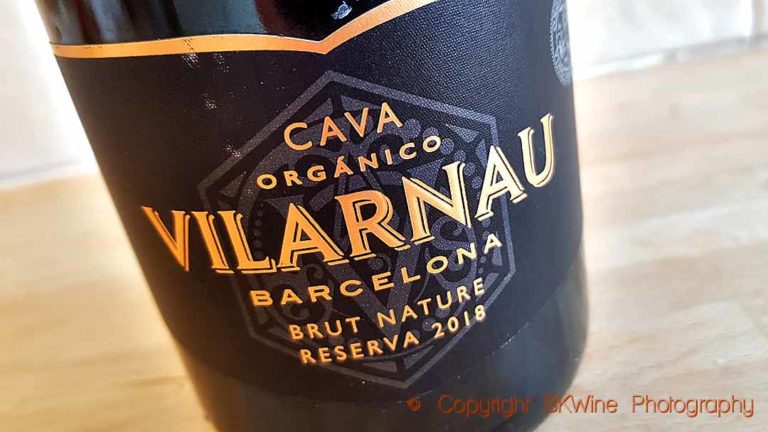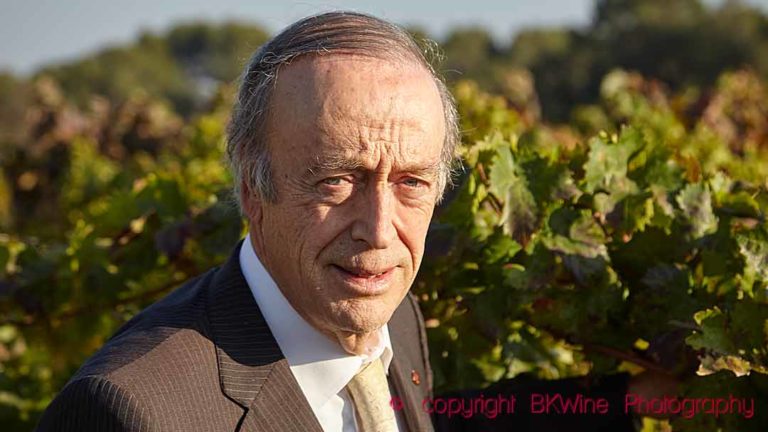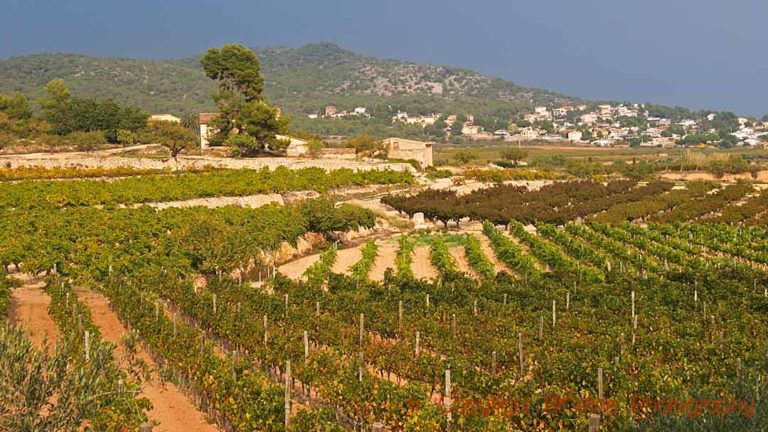At the end of April I was in Valencia to taste wines, lots of wines. I was there for the big wine competition Concours Mondial de Bruxelles which this year, in spite of its name, was held in Valencia, the third biggest city of Spain. I didn’t know much about Valencia before going there, but I did know one thing. Valencia is known for its paella. And I love paella so what a wonderful occasion to taste the real thing, I though. But it turned out to be a difficult “fish” to catch. Sadly, I never actually managed to get a real paella during my days in Valencia and it wasn’t for lack of trying or for lack of rice. Valencia has the biggest rice paddies outside of south eastern Asia. A bit south of the city, close to a sweet water lagoon called Albufera, they have huge plantations of rice that end up in the paellas, and many other rice dishes. The Valencianas eat rice at least three or four time a week and all self respecting cooks claim, of course, to make the original paella valenciana. And come to think of it, it’s an excellent party dish for summer if the barbecue (cook) goes on strike.
But is there any wine in Valencia? There certainly is – plenty of wine in all colours, both around Valencia and the neighbouring city of Alicante, where thirsty tourists down much of it. If you want to go up a notch in quality you might want to make a trip to Utile-Requena, a few tens of kilometres inland at 900 meters altitude. The climate is hard, very warm summers and very cold winters. The dominant grape is bobal, a local variety. It is sometimes blended with tempranillo and garnacha. They make a lot of rosé, rosada, and some good, powerful and fruity reds. The big and modern Bodega Murviedo is a good source. Try for example their Corolilla Crinaza, a 100% bobal. Most of Spanish cava (sparkling) come from Penedes but Utile-Requena also produces some. Coto d’Arcis Cava Brut nature, without dosage, dry and delicious, and Hoya de Cadenas Cava Brut made from 100% macabeo, appley with a fresh acidity, are two that stuck in my memory.
Another name to remember in DO Valencia is Bodegas Enguera. Started in 1999, they are an organic vineyard. The label design is modern and so are their wines. Easy to drink, soft but with a good backbone structure. Cañada Negra 2008 is a blend of tempranillo and syrah that has been given a short aging in Hungarian oak. Benali 2007 is a monastrell/syrah mix with 16 months in French oak barrels.
Spain is not always sunshine. Taking a walk in the old city centre, the rain starts pouring and I take refuge in a small bar. I ask for a fino sherry and I get a glass of not unknown Tio Pepe. Nothing wrong with old Tio of course and it was delicious together with a few olives. So even if this was really about Valencia I’ll finish with a call to all of you to drink more dry sherry (as well as Valencia wine!). Dry sherry is the perfect aperitif now in summer time – and any other time. You can’t find dryer than fino and it is the perfect aperitif to get your appetite going for dinner. And that’s what aperitif is for, isn’t it?
-Britt











One Response
I would like to introduce you the work of Canadian Zev Robinson on the variety Bobal from Utiel-Requena
https://www.vimeo.com/3221371
very interesting.
Thnks for your blog,
Albertina